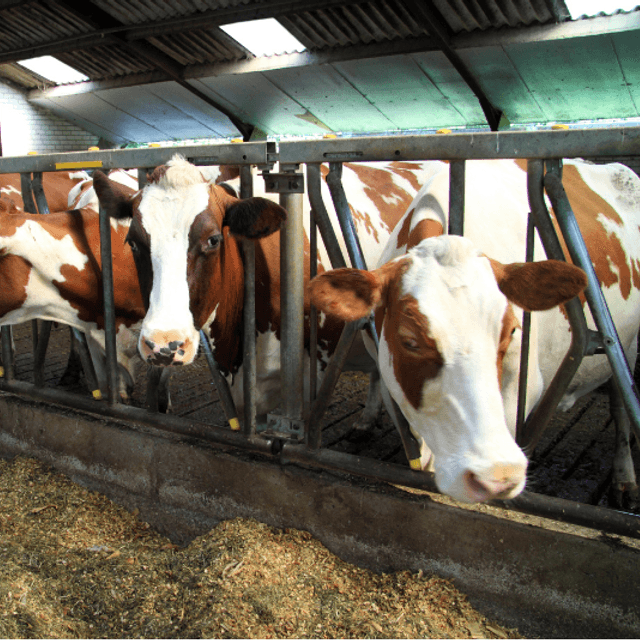
Managing Milk Fever in Dairy Cattle
Milk fever, or hypocalcemia, is a common metabolic disorder in dairy cows that occurs at the onset of lactation. It results from an inadequate supply of calcium to meet the increased demands of lactation, resulting in decreased blood calcium levels. Clinical signs include muscle weakness, difficulty standing, and decreased feed intake. Severe cases can lead to recumbency and, if not treated promptly, fatal complications.
The economic impact on dairy producers is significant and includes reduced milk production, treatment costs and possible culling of affected cows. High-yielding dairy cows are particularly susceptible to milk fever due to increased calcium requirements in early lactation.
Prevention is the key. Effective nutritional management includes formulating pre-calving diets with an appropriate calcium-nutrient balance. Transitional diets should gradually increase calcium intake to meet lactation requirements. Stressors during the transition period must be minimized, including maintaining a comfortable environment, avoiding abrupt dietary changes, and preventing overcrowding.
A common practice to support cows after calving is to administer calcium supplements orally or intravenously to those prone to deficiency. Proper timing and dosage are critical for effective supplementation. Ensuring the proper balance of calcium, magnesium and phosphorus in supplements is critical to preventing and managing milk fever in dairy cows.

Balancing Minerals for Dairy Health
What are the most important minerals?
Calcium is essential for milk production and muscle contraction.
Magnesium plays an important role in calcium metabolism and absorption. Maintaining an appropriate magnesium/calcium ratio is essential to prevent imbalances that lead to milk fever. Including magnesium in feed additives supports overall mineral balance and prevents worsening of low calcium levels. Magnesium deficiency can also affect nerve function and muscle coordination in cows.
Phosphorus is essential for bone development, energy metabolism and milk synthesis. Maintaining a proper calcium/phosphorus ratio prevents interference with calcium absorption. Including phosphorus in feed additives supports a harmonious relationship with calcium, optimizing metabolic function and reducing the risk of hypocalcemia.
In conclusion, when formulating feed additives for dairy cows, a balanced combination of calcium, magnesium and phosphorus should be prioritized to minimize the risk of milk fever and other related conditions. Providing the right mineral balance during the critical transition period around calving will support the health, productivity and longevity of dairy cows, contributing to the overall success of the dairy farm.
Calcium Top
A balanced formulation, such as XVET’s Calcium Top, is important for proper calcium absorption and an easy to use application on farm-level provided as a drench.
Our Solution
 Calcium TopStand up again
Calcium TopStand up again